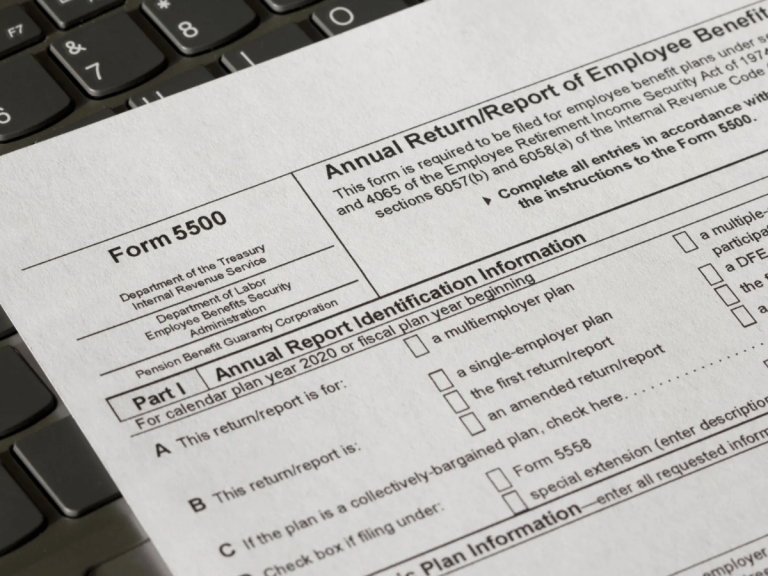Increasing Employee Engagement with Benefits Packages
A Strategic Approach for HR Professionals
In the evolving landscape of workplace culture, the benefits package offered by an employer can be a pivotal factor in attracting, retaining, and engaging employees. It’s not just about having a benefits package—it’s about ensuring that it resonates with the workforce, is easily accessible, and works seamlessly within the ecosystem of employee wellbeing. Here’s how HR professionals can increase employee engagement with their benefits package centered around four main points: relevance, simplicity, integration, and automation.
1. Relevance: Tailoring Benefits to Meet Contemporary Needs
The relevance of a benefits package is critical to its utilization. What employees needed a decade ago might not hold the same appeal today. With a changing workforce that now spans multiple generations, preferences for certain types of benefits have shifted. For instance, with a significant portion of the workforce grappling with student loans, student debt assistance programs for this financial burden are increasingly valued (and tax-advantaged!).
To ensure the benefits package remains relevant, HR professionals must actively seek out and consider employee feedback. Conducting a survey can provide direct insights into which benefits are most appreciated and which are underused or undervalued. Employee engagement starts with feeling heard, and when benefits reflect their voiced preferences and needs, engagement naturally follows.
related: Student Loan Assistance Strategies for Employers
2. Simplicity: The Power of Clarity and Accessibility
A complex benefits package can be overwhelming and lead to underutilization. Simplicity in both the offerings and the communication about those offerings can make a substantial difference. Fewer, more targeted benefits that employees can easily understand and access mean they are more likely to take advantage of them.
Simplifying the communication around benefits is also essential. Information should be clear, jargon-free, and readily available. This could mean interactive guides, concise benefits summaries, and user-friendly digital portals where employees can see at a glance what’s available to them and how to use it.
3. Integration: The 401(k) Plan as a Foundation
A 401(k) plan can serve as a central point for a variety of financial wellness benefits. Viewing it as the hub for other benefits like emergency savings accounts, student loan assistance, or financial education creates a holistic ecosystem where employees can manage their financial wellness in a comprehensive manner. This integration encourages employees to see their benefits as interconnected tools working in concert to support their overall financial health, leading to higher engagement.
When employees understand how their benefits work together, they can make informed decisions about how to best use them. For example, contributing to a 401(k) while also paying off student loans or building an emergency fund doesn’t have to be an either/or proposition. Integrated benefits systems allow for a more nuanced approach to personal finance.
4. Automation: Leveraging Default Bias
Humans have a default bias; we are more likely to stick with a pre-selected option than to actively choose an alternative. HR professionals can design benefits with this in mind to guide employees towards beneficial choices. For instance, auto-enrollment in a 401(k) plan or automatic increases in contributions over time can help employees save for retirement without having to take deliberate action.
This automation extends to other benefits as well. For example, providing an automatic opt-in for life insurance or disability cover ensures that employees have basic protection without having to navigate complex sign-up procedures.
Related: Four Ways to increase your retirement plans participation rate
Developing an Engagement Strategy with Lebel & Harriman Retirement Advisors
Crafting an employee engagement strategy for benefits doesn’t have to be an insurmountable challenge. HR professionals can partner with experts like Lebel & Harriman Retirement Advisors, who specialize in crafting tailored financial benefits strategies that resonate with diverse workforces. Our expertise in understanding generational needs, simplifying complex benefits landscapes, integrating financial wellness benefits, and utilizing automation to improve participation can be invaluable.
Lebel & Harriman Retirement Advisors can assist HR professionals and companies in navigating the subtleties of employee engagement. With a focus on building benefits packages that are not just attractive on paper, but also widely utilized and appreciated by employees, we help foster a culture where benefits are seen as a vital part of the employment experience. Learn more by reaching out to us at contact@lebelharriman.com or www.lebelharriman.com. By focusing on relevance, simplicity, integration, and automation, and by leveraging the expertise of specialized advisors, HR professionals can significantly increase employee engagement with their benefits packages, leading to a more satisfied, productive, and stable workforce.






